Acute Resistance Exercise Stimulates Sex-Specific Dimeric Immunoreactive Growth Hormone Responses
Document Type
Article - Merrimack Access Only
Publication Title
Growth Hormone & IGF Research
Publication Date
6-2015
Abstract/ Summary
Purpose
We sought to determine if an acute heavy resistance exercise test (AHRET) would elicit sex-specific responses in circulating growth hormone (GH), with untreated serum and serum treated with a reducing agent to break disulfide-bindings between GH dimers.
Methods
19 untrained participants (nine men and ten women) participated in an acute heavy resistance exercise test using the back squat. Blood samples were drawn before exercise (Pre), immediate post (IP), + 15 min (+ 15), and + 30 min (+ 30) afterwards. Serum samples were chemically reduced using glutathione (GSH). ELISAs were then used to compare immunoreactive GH concentrations in reduced (+ GSH) and non-reduced (− GSH) samples. Data were analyzed using a three-way (2 sex × 2 treatment × 4 time) mixed methods ANOVA, with significance set at p ≤ 0.05.
Results
GSH reduction resulted in increased immunoreactive GH concentrations when compared to non-reduced samples at Pre (1.68 ± 0.33 μg/L vs 1.25 ± 0.25 μg/L), IP (7.69 ± 1.08 μg/L vs 5.76 ± 0.80 μg/L), + 15 min (4.39 ± 0.58 μg/L vs 3.24 ± 0.43 μg/L), and + 30 min (2.35 ± 0.49 μg/L vs 1.45 ± 0.23 μg/L). Also, women demonstrated greater GH responses compared to men, and this was not affected by reduction.
Conclusions
Heavy resistance exercise increases immunoreactive GH dimer concentrations in men and women, with larger increases in women and more sustained response in men. The physiological significance of a sexually dimorphic GH response adds to the growing literature on aggregate GH and may be explained by differences in sex hormones and the structure of the GH cell network.

